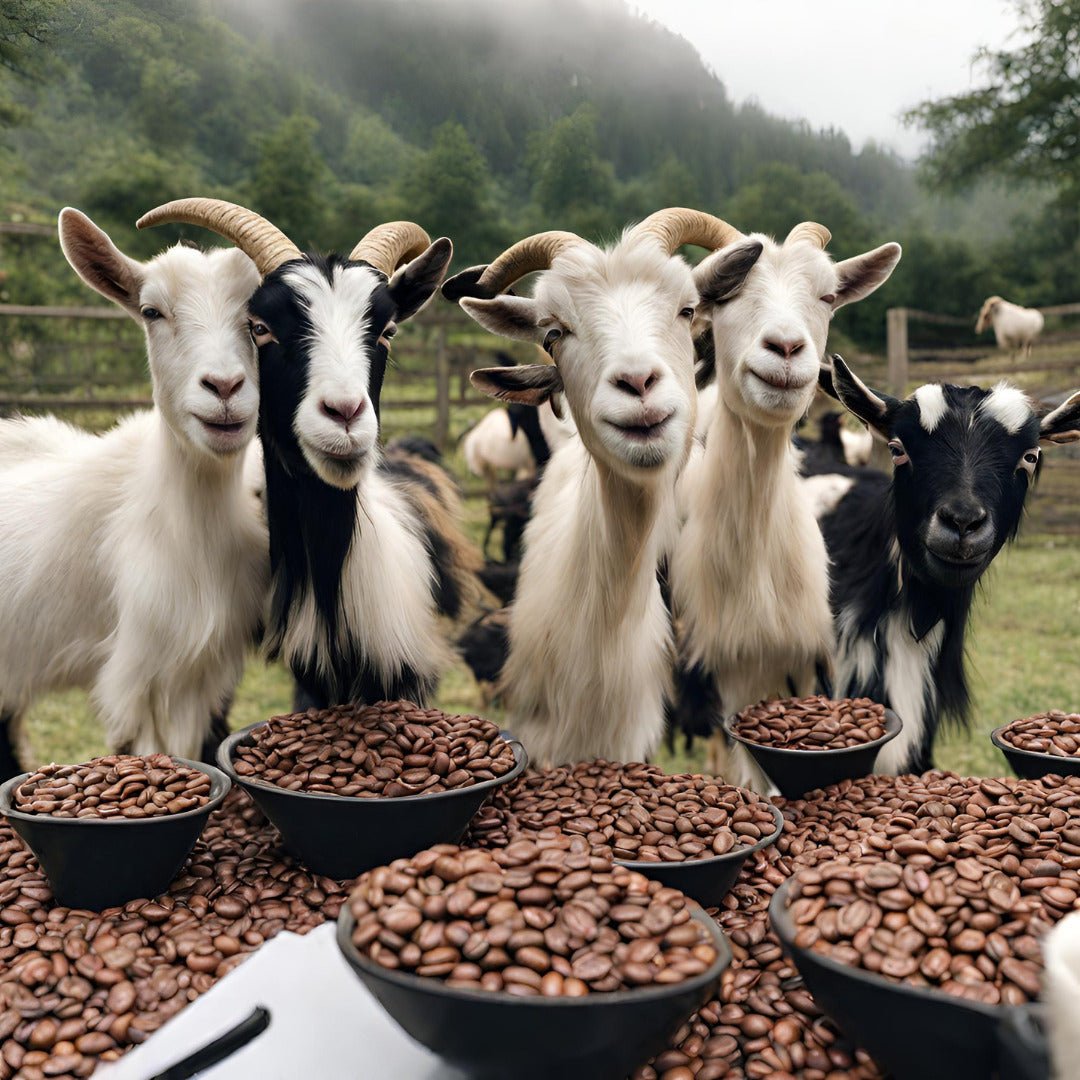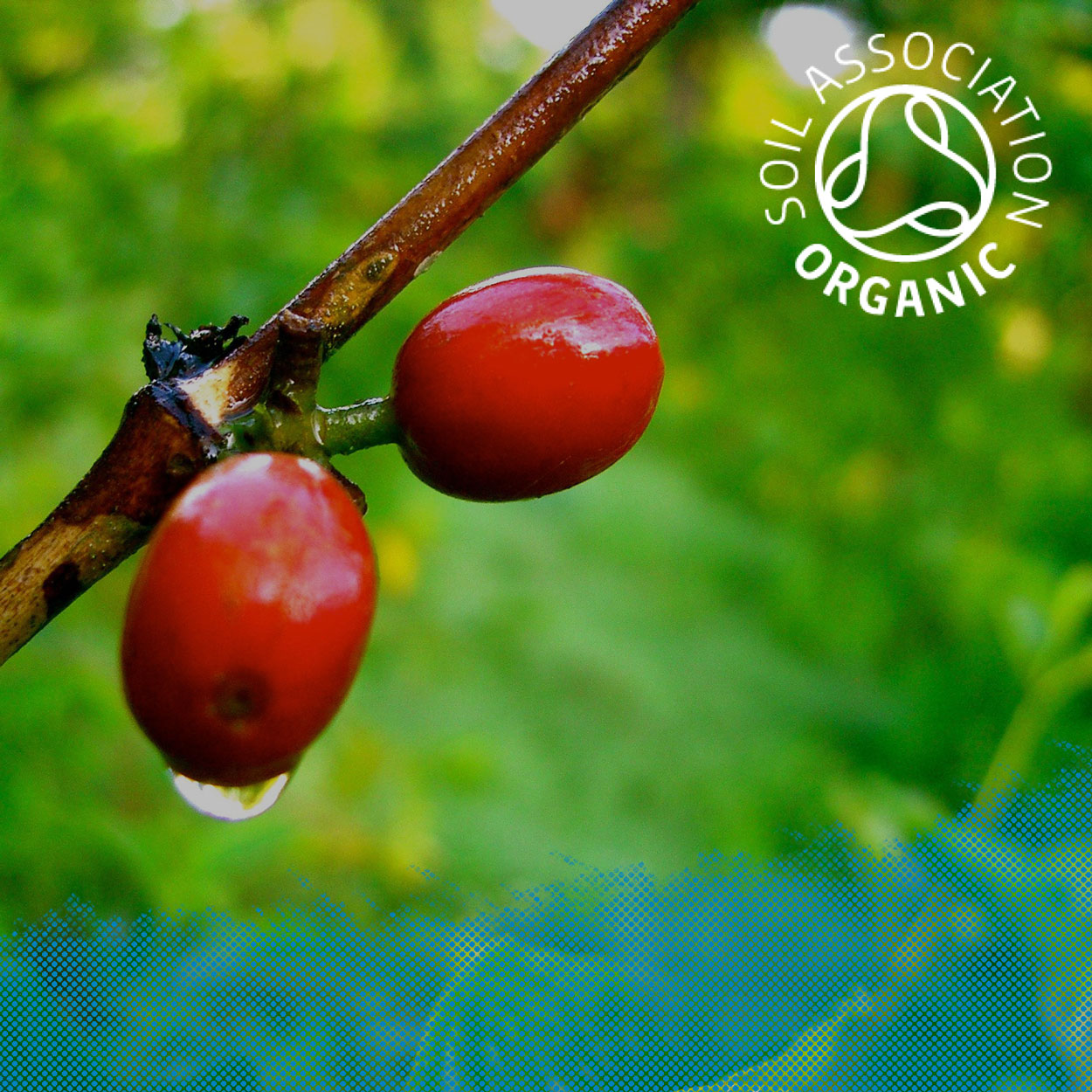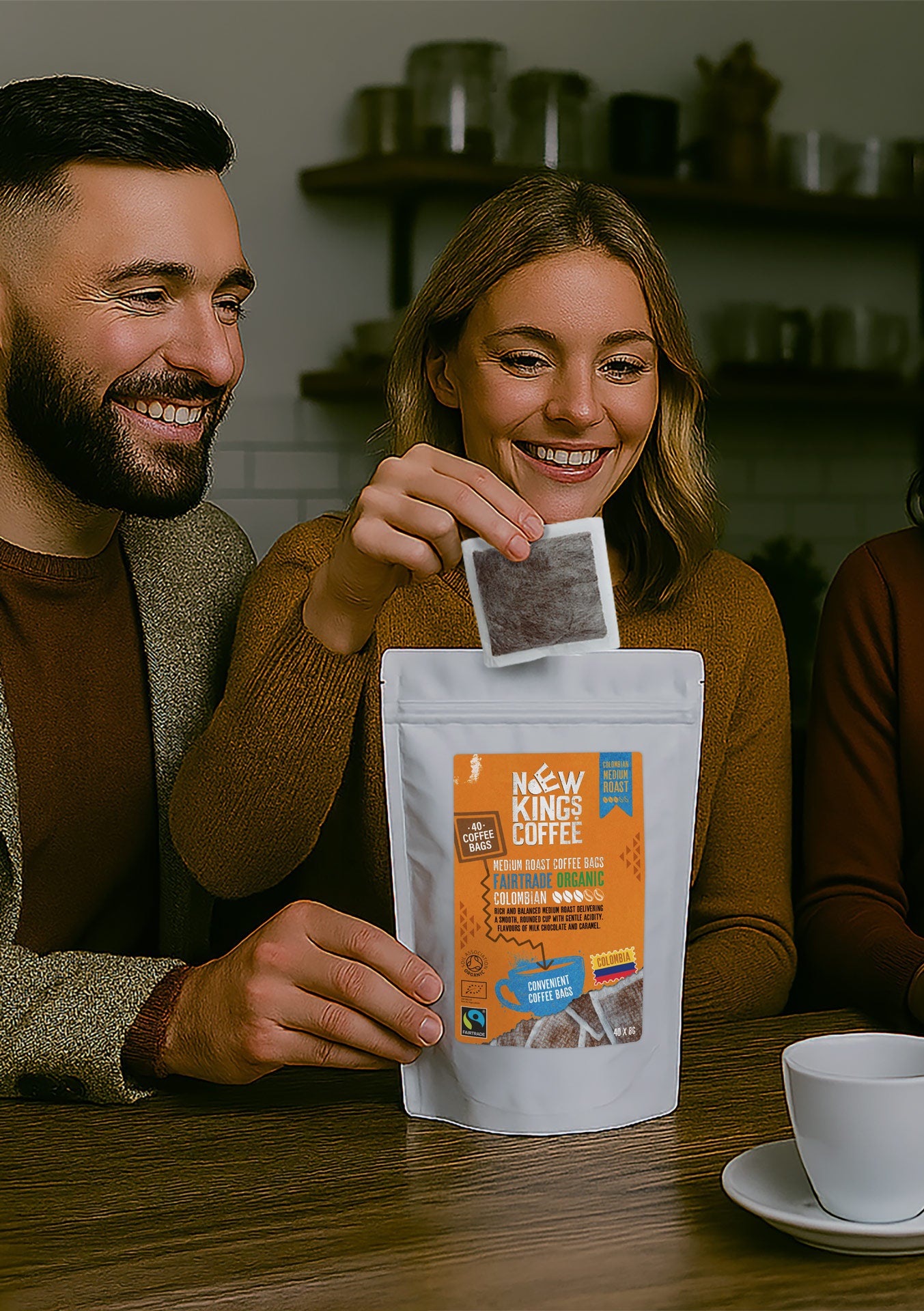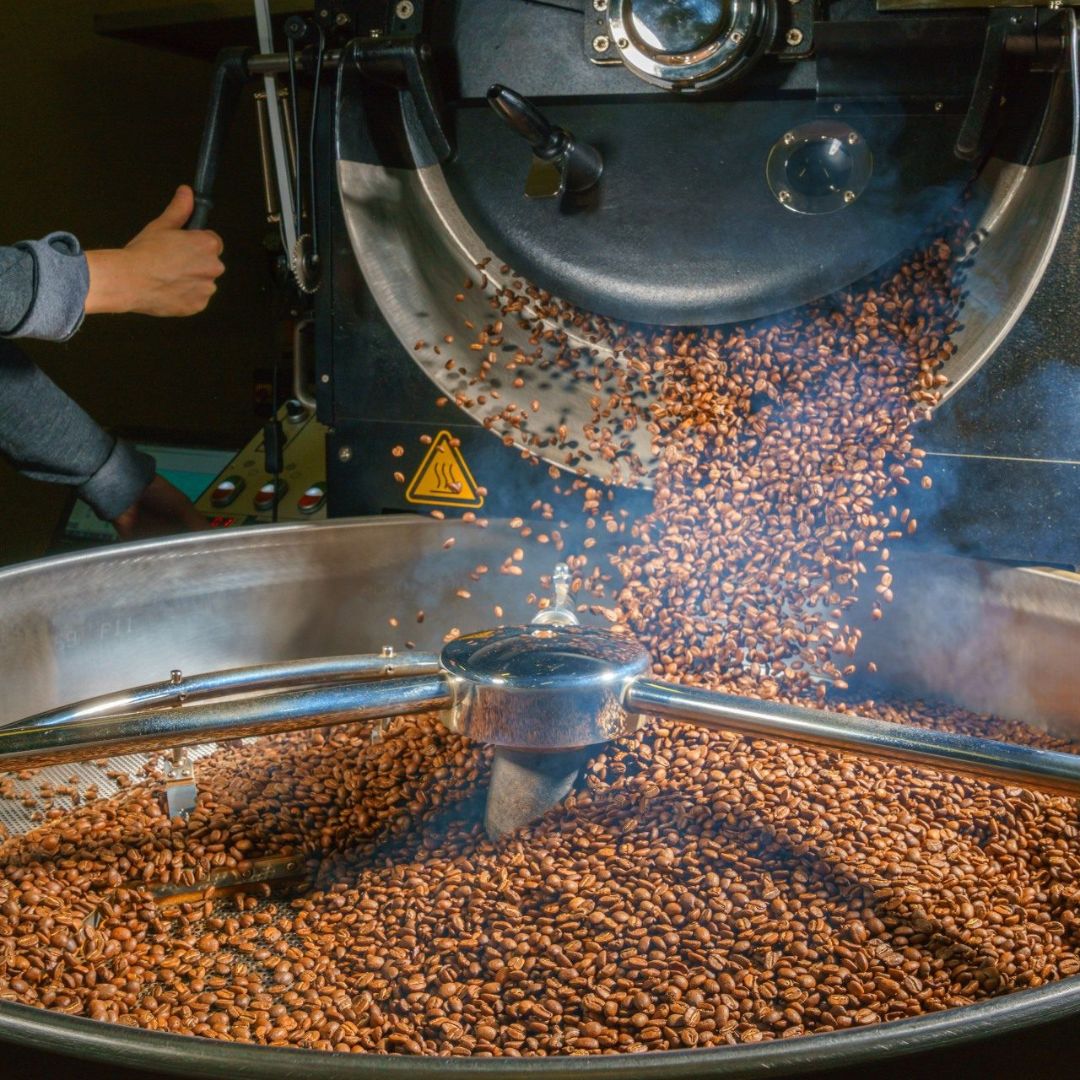Get involved with a new way to enjoy coffee conveniently at a great price!

Sipping Through Time: Fun Facts About the History of Coffee
Want to learn about an abbot who ignited the coffee revolution, punishments for those who broke coffee bans, record-breaking bean prices and coffee’s pioneering role in food tech? Here are some impressive facts for you. How well do you know your cuppa?
Brewing History: From Goatherd to Abbot
Legend has it that in 850 CE an Ethiopian goatherd named Kaldi discovered the beans when his goats were up all night after nibbling on them. Kaldi then reported his observation to an abbot in the local monastery. With a twinkle in his eye and a dash of curiosity, this abbot whipped up a brew from those mysterious berries. An abbot or a visionary? Lo and behold, he found himself wide awake during nightly prayers and studies, bidding farewell to the struggle of staying alert.
This wasn't just a personal revelation, it was the birth of a coffee revolution. Our abbot then spilled the beans (pardon the pun) to his friends and followers. And just like that, the coffee craze had begun.
It might be a wild brew of a story, but a great one for your trivia!
A Tale of Bean Bans
Coffee has also found itself in the crosshairs of Governors and Emperors from Mecca, Italy, Sweden, Constantinople, and Prussia. These leaders, at various junctures in history, all attempted to ban coffee drinking, believing it to stimulate radical thinking and fuel opposition. Not too different from our cafés today, right?
The most jaw-dropping tale comes from Constantinople, when Ottoman Sultan Murad IV claimed the throne in 1623 and forbade all coffee drinking, believing it to be transgressive. Anyone caught with coffee was punished with a beating. Rumour has it, Murad IV roamed the streets in disguise, looking out for sneaky coffee drinkers and decapitating anyone found guilty. Moreover, it is recorded that some of those unlucky enough to be arrested were sewn into leather bags and thrown into the Sea!
Despite such brutal bans, coffee culture was resilient. The next time you indulge in your favourite cup of coffee, count yourself lucky it won’t be followed by a torrent of brutal punishments.
When Women Took on Coffee in the 17th Century
Believe it or not, there was a time when women waged a full-blown war against coffee. In the late 1600s, soon after coffee’s arrival in Britain, coffeehouses quickly became exclusive gathering spots for men. Here, the men enjoyed lively political and intellectual chats over equally invigorating hot drinks.
Yet, this quickly caused a backlash from a group of women, who loathed the fact their husbands were always sneaking off to these coffeehouses. The Women’s Petition Against Coffee even published a humorous pamphlet against the ‘pitiful’ and ‘bewitching’ drink that they claimed made all their husbands impotent! The pamphlet bemoaned the fact that coffee made men as ‘lean as Famine’ (very thin) and too talkative: ‘they sup muddy water, and murmur insignificant notes till half a dozen of them out-babble an equal number of us at gossiping.’
We can’t be completely sure the Women’s Petition was actually written by women. More likely, historian Steve Pincus writes, the petition was produced by Charles II due to his anxiety over the political unrest generating from coffeehouses.
Nevertheless, these satires still took a good stab at targeting the male ego, suggesting that coffee left the ‘codpiece-points' of all men 'without charm.’ A claim that resulted in a significant decline in the popularity of coffee!
Sipping Luxury: The Most Expensive Coffee In History
Behold the drinkable masterpiece that shattered all price records – the priciest coffee ever to grace our caffeinated world, a whopping $5,001.50 per kilogram!
This relatively recent sale happened at an auction in Panama in October 2017. 'Ninety Plus Coffee', a Panama producer of green coffee, received an astonishing bid of $5,001.50 per kilogram of coffee for its ‘Jose Alfredo Gesha Series.’ This makes a single cup of this coffee around $300! How much would you pay for your favourite brew?
The Original Freeze-Dried Food
Did you know coffee was the first ever consumer good to be freeze-dried? The first ‘instant-coffee’ was made in Britain in the late 1700s, but only became popular during World War II, as it allowed coffee rations to be easily transported to fighting soldiers. This historical milestone paved the way for the contemporary practice of preserving various food items, encompassing fruits, vegetables, dairy products, and meats through the freeze-drying process in an eco-friendly way.
Indeed, that first freeze-dried coffee has had a profound impact on the environmentally friendly consumerism. Beyond being a mere morning ritual, coffee stands as a testament to innovation and eco-commerce.
There you have it – a peek into the captivating history of your favourite drink. The next time you take a sip of that hot cuppa, remember, you're not just drinking coffee; you're sipping on centuries of tales, revolutions, and goat-approved discoveries.








